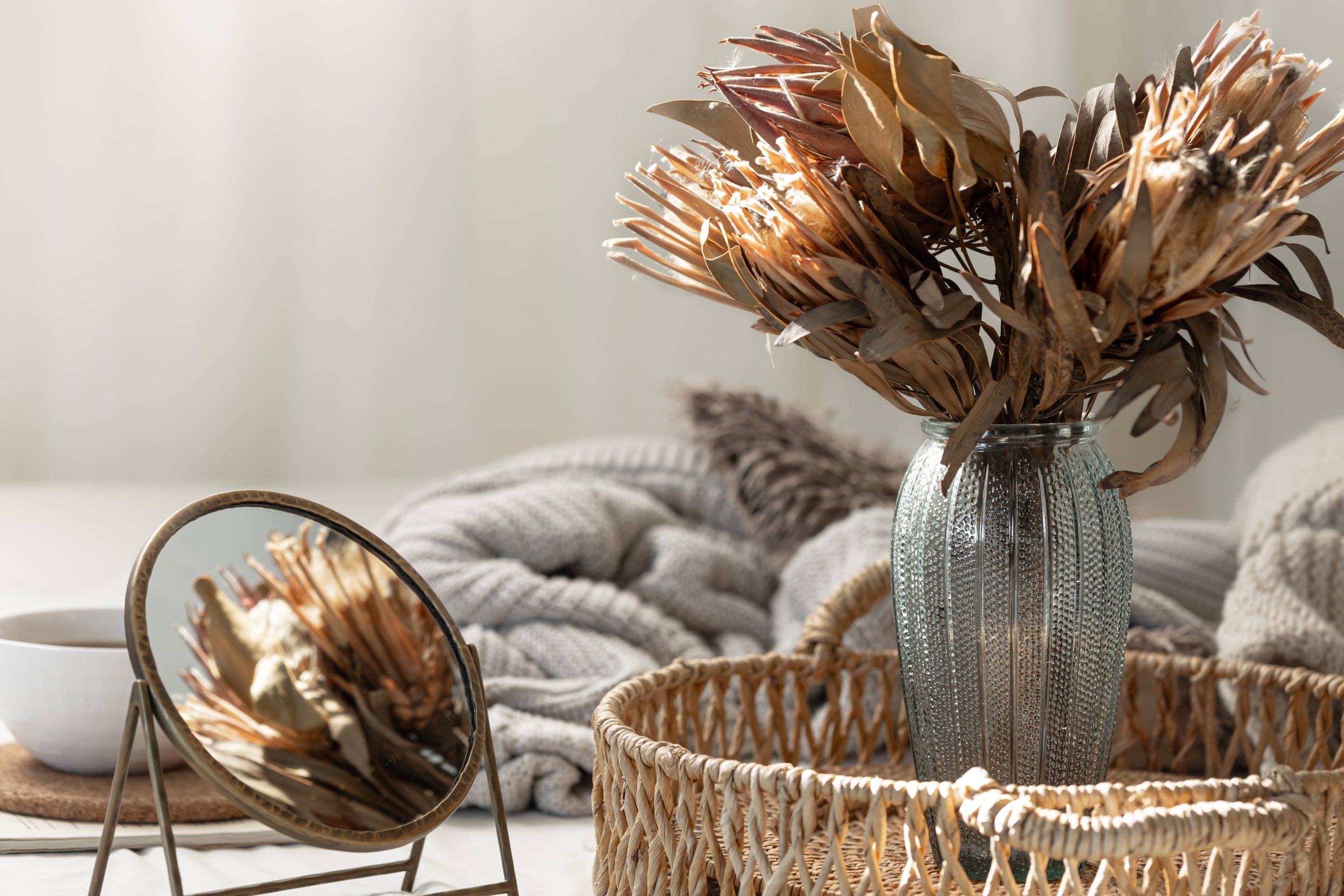
In an era dominated by relentless pace and digital overload, the concept of “less is more” has emerged as more than just a decorative trend—it’s a lifestyle choice. Minimalism, known for its clean lines, simplicity, and understated elegance, transforms living spaces into serene environments brimming with tranquility. In this blog post, we will explore various minimalist decor ideas that can help you achieve a clutter-free home that both inspires and calms.
Understanding Minimalism
Before diving into specific decor ideas, it’s essential to grasp the essence of minimalism. At its core, minimalism strips away the unnecessary to highlight the beauty of simplicity. It encourages us to focus on quality over quantity and functionality over formality. The end goal is not merely to create sterile spaces but rather to cultivate harmonious environments where each item serves a purpose.
Declutter, Then Design
The journey to a minimalist home begins with decluttering. Channel your inner Marie Kondo and assess your belongings. Ask yourself whether each piece adds value or simply occupies space. Donate or dispose of items that do not serve a purpose or bring joy. Remember, minimalism is about intentional living and should reflect your lifestyle and personal preferences.
Embrace Neutral Palettes
A neutral color palette is foundational to minimalist decor. Whites, beiges, greys, and soft pastels dominate minimalist spaces, making rooms appear spacious and airy. These color schemes evoke a sense of calm and allow the architectural features of a home to shine. Incorporate variation through textures—like wool, linen, or concrete—to add depth and interest without overwhelming the senses.
Invest in Quality, Multifunctional Furniture
In minimalist spaces, every piece of furniture plays a crucial role. Prioritize quality over quantity, and choose pieces that serve multiple purposes. A sleek sofa bed, a dining table that doubles as a workspace, or a storage ottoman that provides hidden organization are all excellent options for maximizing space and functionality. Furniture with clean lines and simple designs helps maintain the tranquil, uncluttered look of a minimalist design.
Prioritize Open Spaces
Clutter-free living is synonymous with open, airy spaces. Avoid filling every corner with furniture or decor. Instead, allow for breathing room. The negative space around furniture and decor is just as important in minimalist design as the items themselves. It invites peace and offers room for mindfulness. Use strategic furniture placements to create areas that feel expansive and inviting.
Minimalist Wall Decor
When it comes to wall decor, minimalism encourages restraint. Opt for a few well-chosen pieces that speak to your aesthetic and resonate with the serene atmosphere you wish to maintain. Consider large-scale art pieces over clusters of smaller frames to avoid visual clutter. Alternatively, let the architectural details of your space—like an exposed brick wall or a large window—serve as a statement piece.
Incorporate Natural Elements
Bringing nature indoors is another minimalist staple. Natural elements such as wood, stone, and plant life infuse spaces with warmth and contribute to the serene environment that minimalism aims to create. Consider a single, large indoor plant like a fiddle leaf fig or a rubber tree to add life and color without cluttering your space. Natural materials like stone countertops, wooden furniture, or terracotta tiles emphasize simplicity and elegance.
Thoughtful Lighting
Lighting is pivotal in crafting a minimalist aesthetic. Natural lighting should be maximized to highlight your space’s features and bring warmth. Sheer or light-filtering curtains allow natural light to flood in, enhancing the open feel. For artificial lighting, opt for fixtures with clean lines and geometric shapes. Pendant lights, floor lamps, and wall sconces can add an element of style while adhering to minimalist principles.
Limit Accessories
While accessories add personality, in minimalist decor, less is more. Choose a few key statement pieces, such as a well-made vase, a sculptural lamp, or a designer throw. Arrange items thoughtfully to maintain visual tranquility. Consider utilizing trays to corral small items, ensuring your surfaces remain tidy and open.
Create a Personal Sanctuary
Minimalism extends beyond aesthetics—it’s also about creating a sanctuary tailored to your personal needs. This could mean establishing a cozy reading nook, a quiet meditation corner, or a functional workspace. Choose this space carefully and intentionally, ensuring it fosters peace and productivity.
Keep It Evolving
A minimalist home should evolve alongside you. Decluttering and simplifying become ongoing practices rather than a one-time event. Regularly evaluate your space and adjust according to your needs and preferences, ensuring it remains a true reflection of your lifestyle and a haven from the outside world.
Final Thoughts
Incorporating minimalist decor into your home goes beyond simply getting rid of things. It’s about intentionality in how you utilize and appreciate your space. A minimalist home is a journey towards clarity, focus, and living with purpose. In embracing minimalism, you’ll foster a clutter-free environment that enhances your life, one design choice at a time. As you look around your space, you’ll find that each item holds not just aesthetics, but meaning—a testament to the notion that beauty in simplicity is timeless.
Embrace the tranquility that minimalism affords. Transform your home into a sanctuary where less becomes not only a style but a way of living.







